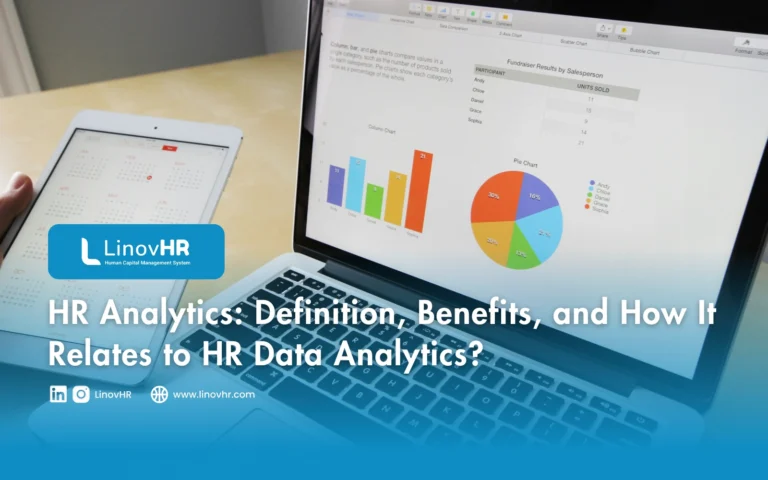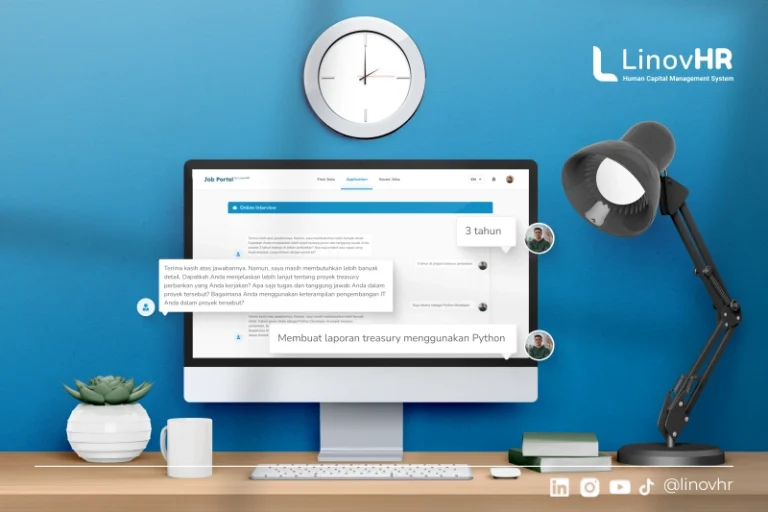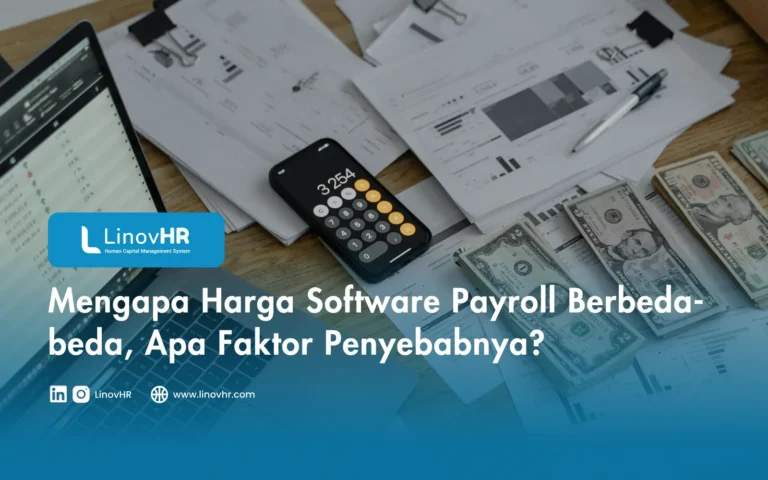In today’s fast-evolving business environment, human resources no longer rely solely on intuition or manual evaluations when making decisions about employees.
Instead, data has become the driving force behind more accurate, measurable, and strategic HR decisions. This shift is where HR Analytics plays a transformative role, helping organizations translate HR data into actionable business insight.
By leveraging HR Analytics, companies can better understand workforce trends, measure the impact of HR policies, and identify areas that need improvement.
It serves as a bridge between people management and data-driven strategy, enabling HR professionals to align their initiatives more effectively with overall business objectives.
What is HR Analytics?
At its core, HR Analytics (also known as people analytics or workforce analytics) refers to the process of collecting, analyzing, and interpreting HR data to improve decision-making within the organization.
It involves using statistical models, data mining techniques, and predictive tools to uncover patterns in employee performance, engagement, recruitment, and retention.
Unlike traditional HR practices that often depend on qualitative judgment, HR Analytics emphasizes quantitative insights.
For example, instead of guessing why employee turnover is high, HR can analyze factors such as tenure, job satisfaction, and compensation data to pinpoint the root causes. This evidence-based approach helps businesses make decisions that are both fair and impactful.
Modern organizations are increasingly recognizing that their workforce is their greatest asset, and that managing this asset requires more than experience or intuition.
With HR Analytics, companies gain a clearer view of workforce dynamics, helping them anticipate challenges such as talent shortages, skill gaps, and productivity issues before they escalate.
In today’s competitive market, data-driven HR management is not a luxury but a necessity. Companies that implement HR analytics can measure the effectiveness of their HR strategies, reduce hiring risks, and improve employee engagement through informed, real-time decision-making.
This is why HR Analytics has become an essential component of strategic business management in modern organizations.
Understanding HR Data Analytics
Before diving deeper into how HR Analytics works, it’s essential to understand its foundation HR Data Analytics. While these two terms are often used interchangeably, they have distinct yet interconnected roles.
HR Data Analytics focuses on the collection, organization, and interpretation of HR data, while HR Analytics takes this data a step further by using it to drive strategic insights and business decisions.
Think of HR Data Analytics as the groundwork that provides raw, structured information from multiple HR systems such as payroll, recruitment, attendance, and performance management.
This data is then analyzed through HR Analytics tools to uncover trends and patterns that inform decision-making. Without accurate and well-organized HR data, analytics efforts would be ineffective or misleading.
The relationship between HR Analytics and HR Data Analytics can be compared to that of data and storytelling. HR Data Analytics provides the “what”, information about metrics such as turnover rate, hiring speed, or training effectiveness, while HR Analytics explains the “why” behind those numbers.
For instance, HR Data Analytics may show a high employee turnover rate, but HR Analytics helps uncover the underlying causes, such as lack of career development or low engagement levels.
In practice, combining both disciplines allows HR teams to operate with greater precision and foresight. With the help of advanced analytics tools, HR professionals can transition from being reactive, responding to issues as they arise to proactive, predicting potential workforce challenges before they occur.
This synergy not only improves HR operations but also strengthens the company’s overall strategic agility in managing talent and performance.
Key Benefits of Implementing HR Analytics
Implementing HR Analytics can bring significant improvements to how organizations manage their workforce, make strategic decisions, and enhance overall business performance.
By transforming data into actionable insights, HR leaders can identify problems earlier, allocate resources effectively, and foster a more engaged workforce. Below are the key benefits that highlight why HR Analytics has become indispensable in modern organizations.
1. Data-Driven Decision Making
HR Analytics allows organizations to move beyond intuition and guesswork. By analyzing accurate and real-time HR data, companies can make informed decisions regarding recruitment, compensation, training, and employee retention.
This analytical approach minimizes human bias and ensures that every HR strategy is supported by evidence. For instance, when deciding on promotion candidates, HR can rely on performance metrics, engagement data, and leadership potential rather than subjective opinions.
2. Improved Talent Acquisition and Retention
One of the most valuable contributions of HR Analytics lies in its ability to optimize the talent lifecycle, from hiring to retention. Through predictive analysis, HR teams can identify which candidate profiles are most likely to succeed, predict turnover risks, and create targeted retention strategies.
This results in higher-quality hires and a more stable, motivated workforce. Additionally, analytics enables HR to track the effectiveness of different recruitment channels, helping companies focus their efforts on the most productive sources.
3. Enhanced Employee Performance and Engagement
HR Analytics helps companies understand what drives employee performance and satisfaction. By examining factors such as workload, recognition, and training participation, HR can pinpoint areas for improvement and develop data-backed engagement initiatives.
This leads to better employee morale, increased productivity, and stronger alignment with organizational goals. Over time, the insights gathered from HR Analytics empower HR to design programs that foster growth, reduce burnout, and support long-term workforce success.
Also read: Top 10 HR Analytics Tools Every HR Professional Should Know
Enhance Your HR Decision Making with LinovHR HR Analytics
Managing HR decisions manually can be challenging, especially when dealing with complex data from recruitment, attendance, performance, and payroll. Without proper analytics, valuable insights may be overlooked, leading to inefficient strategies and missed opportunities.
LinovHR Analytics simplifies this process by turning raw HR data into actionable insights through real-time dashboards and automated reports. HR professionals can easily monitor key metrics like turnover rate, employee satisfaction, and recruitment performance to make smarter, evidence-based decisions.
Integrated within the LinovHR HRIS software, HR Analytics ensures all employee data stays connected and accessible in one place. This helps organizations shift from reactive management to proactive strategy.
Request a free demo today and see how LinovHR can transform the way you manage your workforce!







